Atefeh Shahroudnejad
A Novel Framework for Automated Warehouse Layout Generation
Jul 11, 2024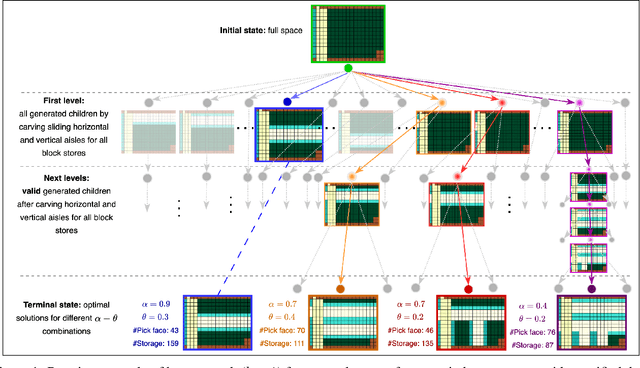
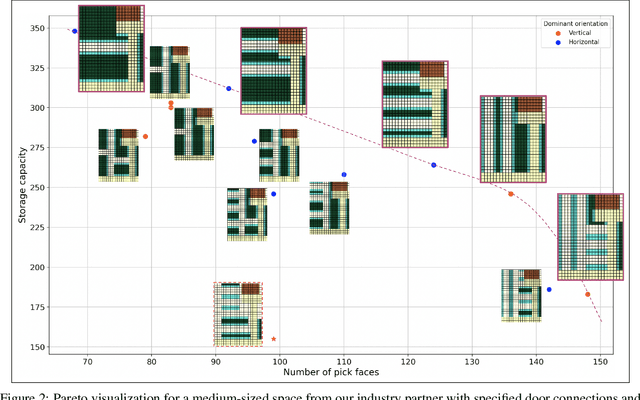
Abstract:Optimizing warehouse layouts is crucial due to its significant impact on efficiency and productivity. We present an AI-driven framework for automated warehouse layout generation. This framework employs constrained beam search to derive optimal layouts within given spatial parameters, adhering to all functional requirements. The feasibility of the generated layouts is verified based on criteria such as item accessibility, required minimum clearances, and aisle connectivity. A scoring function is then used to evaluate the feasible layouts considering the number of storage locations, access points, and accessibility costs. We demonstrate our method's ability to produce feasible, optimal layouts for a variety of warehouse dimensions and shapes, diverse door placements, and interconnections. This approach, currently being prepared for deployment, will enable human designers to rapidly explore and confirm options, facilitating the selection of the most appropriate layout for their use-case.
MaskRenderer: 3D-Infused Multi-Mask Realistic Face Reenactment
Sep 10, 2023Abstract:We present a novel end-to-end identity-agnostic face reenactment system, MaskRenderer, that can generate realistic, high fidelity frames in real-time. Although recent face reenactment works have shown promising results, there are still significant challenges such as identity leakage and imitating mouth movements, especially for large pose changes and occluded faces. MaskRenderer tackles these problems by using (i) a 3DMM to model 3D face structure to better handle pose changes, occlusion, and mouth movements compared to 2D representations; (ii) a triplet loss function to embed the cross-reenactment during training for better identity preservation; and (iii) multi-scale occlusion, improving inpainting and restoring missing areas. Comprehensive quantitative and qualitative experiments conducted on the VoxCeleb1 test set, demonstrate that MaskRenderer outperforms state-of-the-art models on unseen faces, especially when the Source and Driving identities are very different.
A Survey on Understanding, Visualizations, and Explanation of Deep Neural Networks
Feb 02, 2021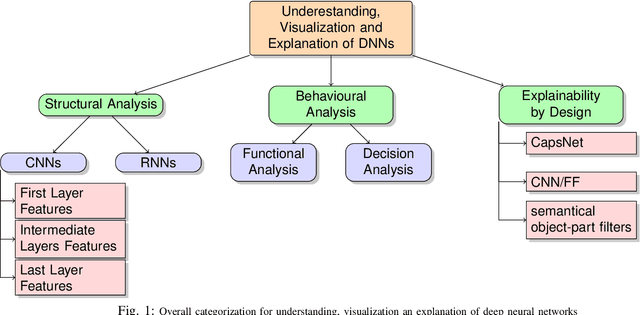



Abstract:Recent advancements in machine learning and signal processing domains have resulted in an extensive surge of interest in Deep Neural Networks (DNNs) due to their unprecedented performance and high accuracy for different and challenging problems of significant engineering importance. However, when such deep learning architectures are utilized for making critical decisions such as the ones that involve human lives (e.g., in control systems and medical applications), it is of paramount importance to understand, trust, and in one word "explain" the argument behind deep models' decisions. In many applications, artificial neural networks (including DNNs) are considered as black-box systems, which do not provide sufficient clue on their internal processing actions. Although some recent efforts have been initiated to explain the behaviors and decisions of deep networks, explainable artificial intelligence (XAI) domain, which aims at reasoning about the behavior and decisions of DNNs, is still in its infancy. The aim of this paper is to provide a comprehensive overview on Understanding, Visualization, and Explanation of the internal and overall behavior of DNNs.
A systematic review on the role of artificial intelligence in sonographic diagnosis of thyroid cancer: Past, present and future
Jun 10, 2020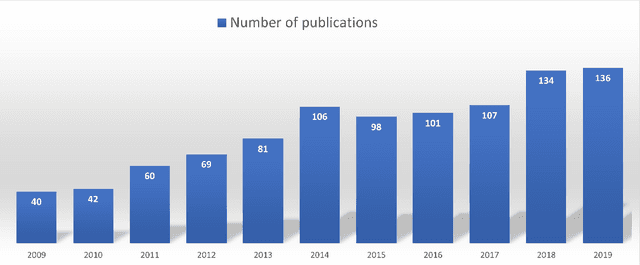


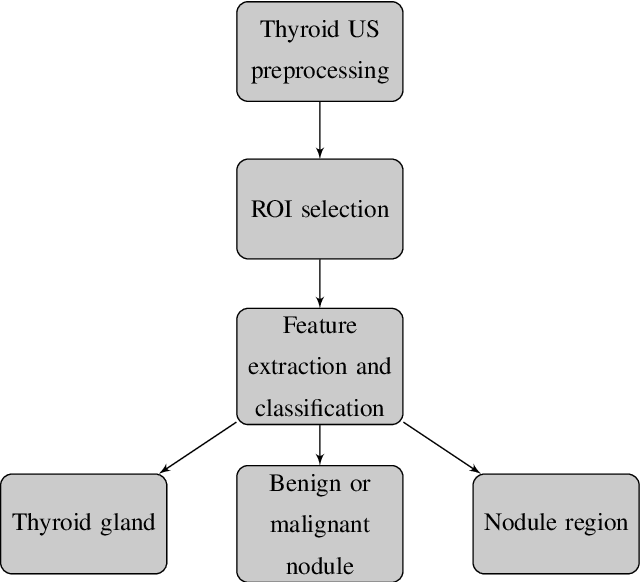
Abstract:Thyroid cancer is common worldwide, with a rapid increase in prevalence across North America in recent years. While most patients present with palpable nodules through physical examination, a large number of small and medium-sized nodules are detected by ultrasound examination. Suspicious nodules are then sent for biopsy through fine needle aspiration. Since biopsies are invasive and sometimes inconclusive, various research groups have tried to develop computer-aided diagnosis systems. Earlier approaches along these lines relied on clinically relevant features that were manually identified by radiologists. With the recent success of artificial intelligence (AI), various new methods are being developed to identify these features in thyroid ultrasound automatically. In this paper, we present a systematic review of state-of-the-art on AI application in sonographic diagnosis of thyroid cancer. This review follows a methodology-based classification of the different techniques available for thyroid cancer diagnosis. With more than 50 papers included in this review, we reflect on the trends and challenges of the field of sonographic diagnosis of thyroid malignancies and potential of computer-aided diagnosis to increase the impact of ultrasound applications on the future of thyroid cancer diagnosis. Machine learning will continue to play a fundamental role in the development of future thyroid cancer diagnosis frameworks.
Improved Explainability of Capsule Networks: Relevance Path by Agreement
Feb 27, 2018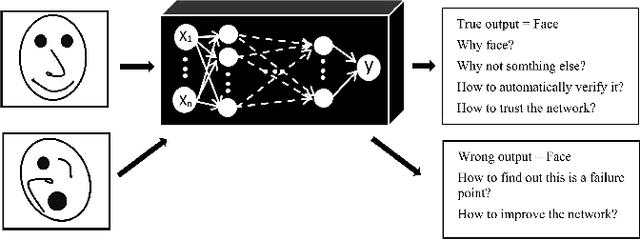

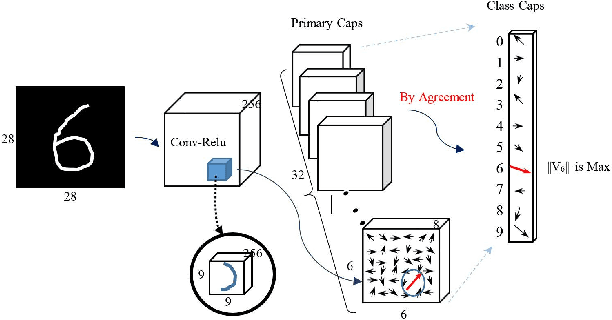
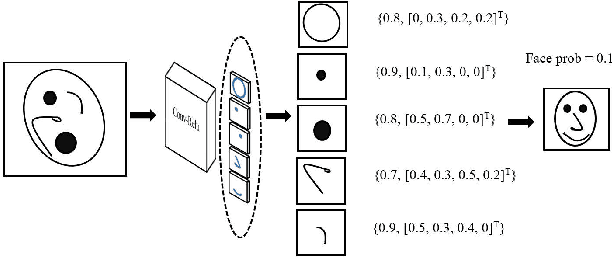
Abstract:Recent advancements in signal processing and machine learning domains have resulted in an extensive surge of interest in deep learning models due to their unprecedented performance and high accuracy for different and challenging problems of significant engineering importance. However, when such deep learning architectures are utilized for making critical decisions such as the ones that involve human lives (e.g., in medical applications), it is of paramount importance to understand, trust, and in one word "explain" the rational behind deep models' decisions. Currently, deep learning models are typically considered as black-box systems, which do not provide any clue on their internal processing actions. Although some recent efforts have been initiated to explain behavior and decisions of deep networks, explainable artificial intelligence (XAI) domain is still in its infancy. In this regard, we consider capsule networks (referred to as CapsNets), which are novel deep structures; recently proposed as an alternative counterpart to convolutional neural networks (CNNs), and posed to change the future of machine intelligence. In this paper, we investigate and analyze structures and behaviors of the CapsNets and illustrate potential explainability properties of such networks. Furthermore, we show possibility of transforming deep learning architectures in to transparent networks via incorporation of capsules in different layers instead of convolution layers of the CNNs.
 Add to Chrome
Add to Chrome Add to Firefox
Add to Firefox Add to Edge
Add to Edge